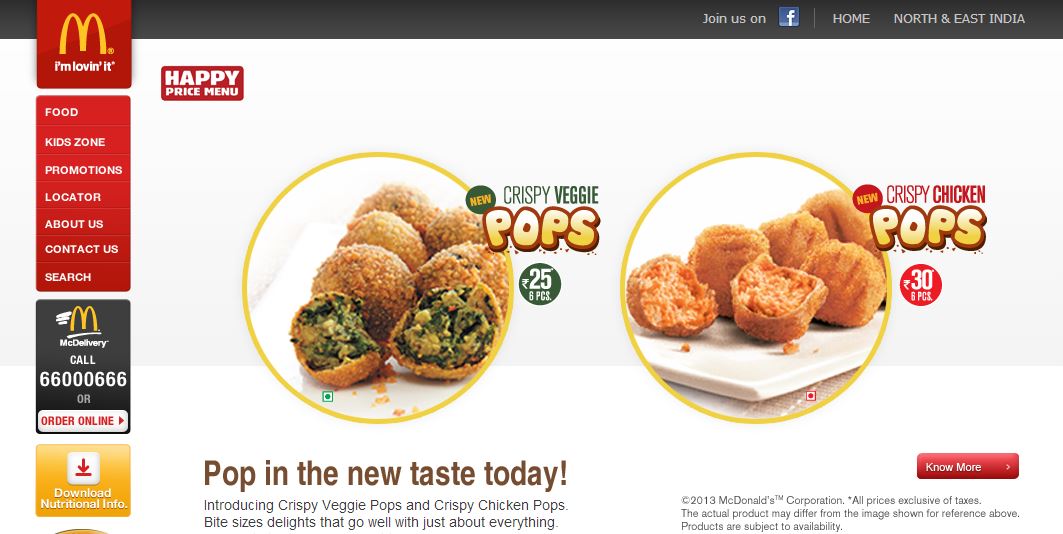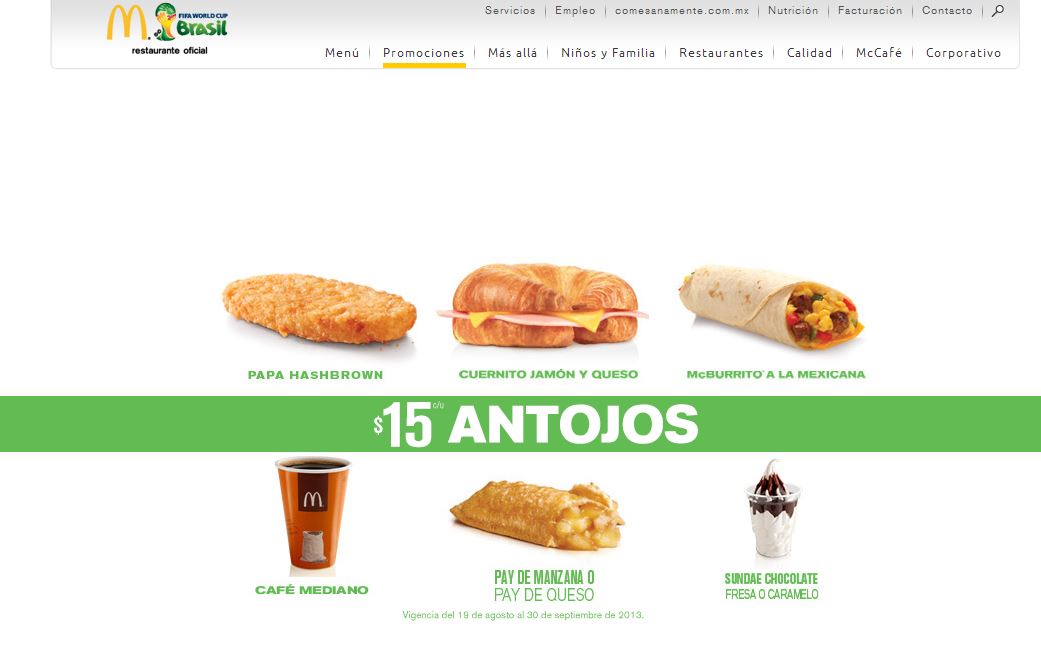Insider Secrets to Using Emotions to Influence Buyer Behaviour
When making purchasing decisions we like to think that we are using a rational, and where warranted, an analytical approach. Unfortunately, this is not really the case. Our emotions actually have a more signifiant impact on our buying behaviour than we realize. Leveraging these emotions therefore, is an important component for anyone selling a product or service. After all, consumers choose one brand over another based on an emotional response. So, how do we leverage insider secrets and emotions to influence buyer behaviour? Let’s explore.
Dr. Antonio Damasio, a renowned neuroscientist, argues that emotion is the necessary ingredient to nearly all decisions. Of course as marketers we like to focus on the aspects of communication, advertising and marketing that influences consumer behaviour. When you actually start to analyze behaviour you can begin to understand how emotion is really at the root of the decision and on top of that, there are probably two fundamental components that really guide us.
Identity and Social Status
As human beings we are influenced by how “something” impacts us, or how something connects us to our identity and quite frankly our social status. As individuals we might not realize that we think this way, but we do. Really skilled marketers think about the positioning of a product or service in this capacity. We think about the image that individuals want to create when associated with a purchase. Is he or she smart, educated, well to do, sporty? Or, is he or she hip, edging, etc. At a subconscious level, all consumers want to be perceived in a certain way.
A really great example to understand emotional connection and specifically one’s identity and the importance of social status is our choice when buying a car. Recently Cadillac created an ad that showed its owners as successful people who have “stuff”. It suggests that working all of the time versus enjoying time off or doing things to better your community is what “it” is all about. Then, Ford in quite the juxtaposition created their own version of the same ad giving a completely different identity and social status for those who own a Ford. In their ad, Ford owners are working to create a cleaner, healthier community for all. Two ads that look very similar, but have two different messages.
These two ads are a brilliant way to make the case for an emotional reaction and one’s sense of identity and social status. Which one you choose is entirely up to you, but these marketers definitely positioned these brands for this purpose. There is no question that you have an emotional response when you view these ads. Through my own testing, every person reacted to these ads.
Another great example is the Dove Self-Esteem campaign. What parent wouldn’t be impacted by the power of these ads. So many girls have been negatively impacted by beauty campaigns. The Dove campaign strives to evoke positive emotions and to take control of the message of natural and real beauty.
Great marketing really triggers an emotional response. Great brands understand the significance of emotion, the power the influence to purchase and ultimately to trust the brand.
Emotions are powerful assets. As consumers we often don’t realize that we have control over these assets. As marketers we are always looking for ways to use them to influence buyer behaviour. Next time you are about to make a purchase, stop and think about your emotional state. Maybe it will make you think differently…maybe it won’t.
Want to learn even more? Sign up for our newsletter at TaylorMade Solutions (insert “newsletter” into inquiry box)





